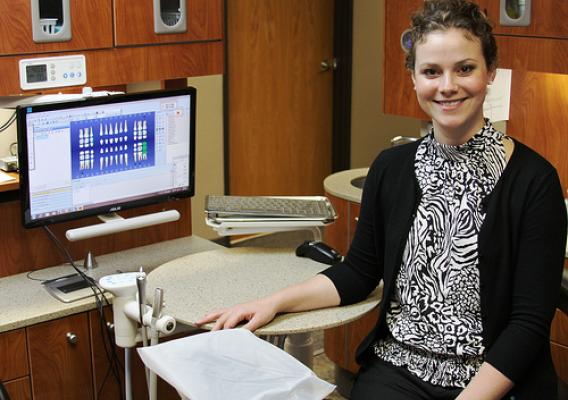Cross posted from the Huffington Post Food blog:
This week I was at the Federal Reserve Bank in Chicago to talk about the business of local food. The conversation focused on how USDA and other federal agencies can work together with the private sector to harness the economic potential of local food across the Midwest. Joining me were executives, economic developers, and experts from businesses you may have heard of -- Sysco, Chartwells, SuperValu, General Electric, Feeding America, Whole Foods Market and FamilyFarmed.org. There were also representatives from local, state and federal government ranging from USDA's agencies to the Illinois Commerce Department -- each recognizing how investments in local food can help stimulate the economy, create jobs and complement our country's current agricultural system.
According the USDA's own research, local food sales made through direct marketing sales like farmers markets, CSAs, and farm stands plus via supermarkets, restaurants and institutional buyers were close to $5 billion. Fruit, vegetable and nut growers selling into local and regional markets employ 13 fulltime workers per $1 million in revenue earned. Why is this? Part of it is consumer demand. In 2011, over 85 percent of the customers polled by National Grocers Association said they chose grocery stores based in part on whether they stock local products. Part of it is flexible business models that can nimbly and quickly respond to the market. Farms selling locally may grow a wider variety of crops, they may pack or process on the farm or use workers to transport and market their products. Regardless, local food has big potential for job creation and economic opportunity.








